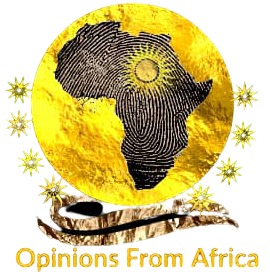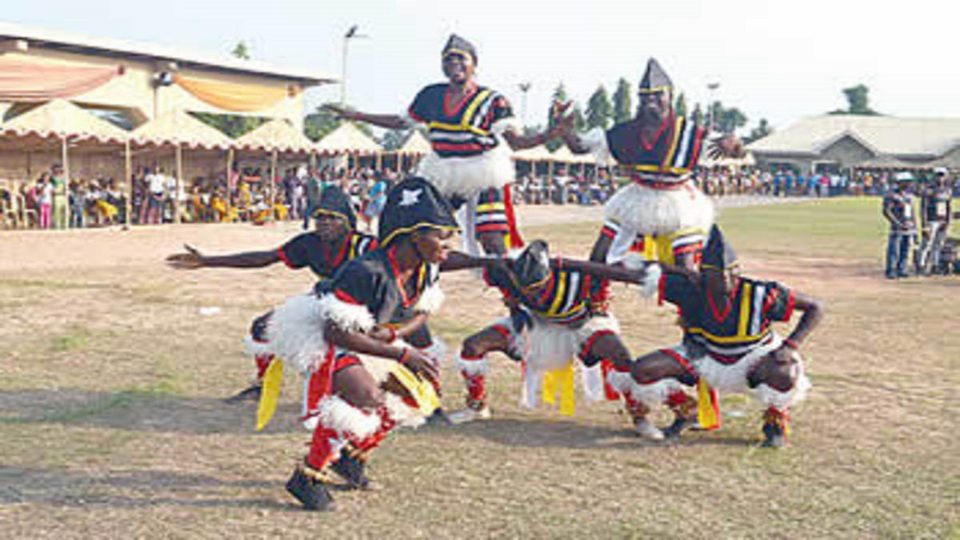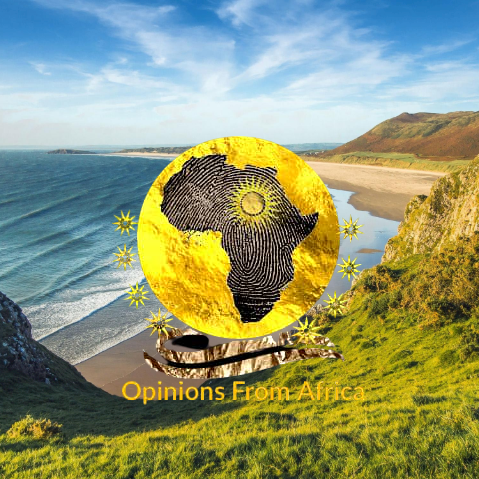The Atilogwu Dance group represented Nigeria at the 8th World Youths and Students Festival of Arts and Culture in Helsinki, Finland on August 4, 1962. As a winner, the group earned a ticket to tour 21 Asian countries and therefore gained international recognition.
By Mazi Odera Orazulike
Atilogwu literally means “is there magic?”. This is as a result of the thrill it provided the spectators and onlookers. People were confused if it was performed with magic. It was so captivating involving compelling dance and a lot of acrobatics.
It is fusion of five dances: Anam, Ogwulogwu, Anaku, Ochufulu and Egwu-Igba. It is performed on important occasions like marriage, festivals, coronations etc. It is one of the oldest and most popular Nigerian dances.
Ezeagu-Atilogwu has a rich history and rose to prominence after winning the World Youth and Students Festival of Arts and Culture.
Ezeagu-Atilogwu, the most famous was born in Lagos in 1947. It was learnt by Aguobu Iwollo youths in Ebenebe in 942. To gain perfection, two expert dancers were invited to Lagos to teach Ezeagu youths the dance.
All Ezeagu youths from the age of 14 years living in or around Lagos must learn the dance at that time.
Their first and unplanned outing was in 1948 during a condolence visit. That same year, they featured at the National Igbo Day at Nnamdi Azikiwe Stadium, Yaba. It became so popular in Lagos, that the Igbos took it as this identify and pride.
It earned its first contract in 1960 from playwright and Nobel laureate winner, professor Wole Soyinka, for stage performance of his play- Dance of the Forest.
They performed in many national ceremonies including: Igbo National Day celebration, Queen Elizabeth II visit to Nigeria in 1956, official opening of Nigeria Television Service on April 1, 1961.
They also performed at the World American Society of African Culture (AMSAC) in 1961.
The group represented Nigeria at the 8th World Youths and Students Festival of Arts and Culture in Helsinki, Finland on 4 August, 1962. As the winner of the dancing competition, they earned a ticket to tour 21 Asian countries including Holland and Czechoslovakia.
They also took a tour of Cotonou, Dahomey (Benin Republic). The climax of their performance was in 1961 in the US.
The Nigerian civil war disrupted the activities of the group but they regrouped at Enugu and went on tour to Gabon and other French speaking African countries looking for Biafra recognition.
It is also good to know that Atilogwu was not only organized in Lagos but also in various parts of Nigeria including Kano and Enugu.
Ezeagu-Atilogwu was one of the Igbo cultural dances that featured during the FESTAC 77 in Lagos.
Unfortunately, Atilogwu has become one of the many lost identities of Ndigbo as little or nothing is heard about it today. Reviving Atilogwu is not only crucial for cultural development of Ndigbo, but can also provide employment for Ndigbo youths.
Written By Mazi Odera Orazulike
( Department of History and Culture, OPINIONS FROM AFRICA)




